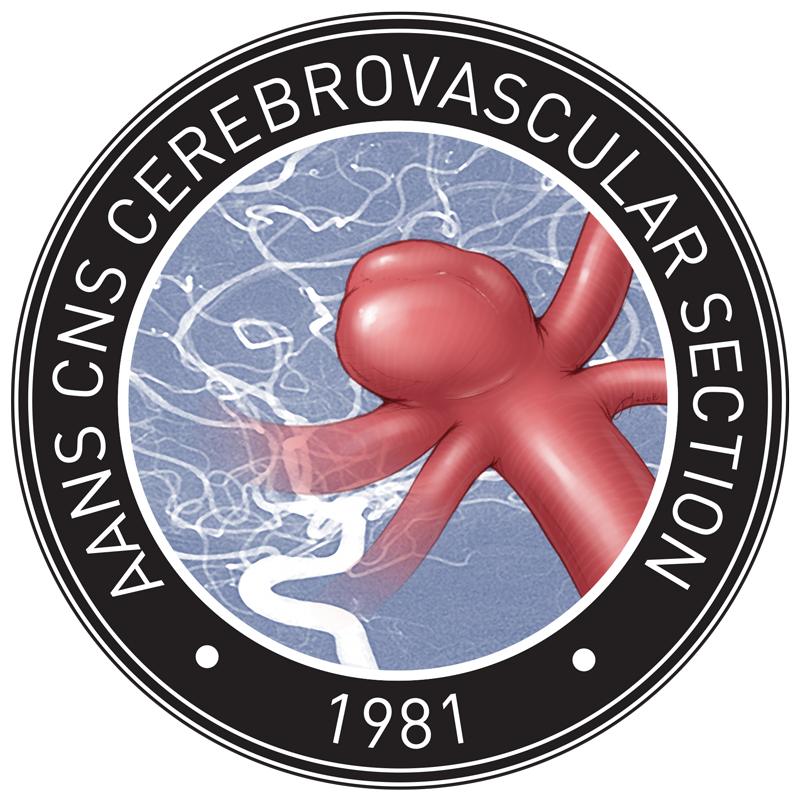Aspirin associated with decreased rate of intracranial aneurysm growth – summary with author commentary!

Mario Zanaty, MD and David Hasan, MD
Department of Neurosurgery, University of Iowa
To date, there is no medical treatment to arrest aneurysm growth and subsequent progression to rupture. In addition, there is concern of stenting aneurysm in setting of subarachnoid hemorrhage due to the requirement of antiplatelet medication. We aimed to assess the effect of aspirin on aneurysm growth. We followed 146 patients harboring multiple intracranial aneurysms (TOTAL OF 375) over a > 5-year period duration. Each patient had a primary aneurysm that was treated due to size or rupture, and secondary aneurysms that were too small to be treated (< 5mm) and did not display high risk features (no blebs, no enhancement on vessel wall imaging and no QSM in the aneurysm wall). The secondary aneurysms were monitored for growth. We then performed a univariate analysis to identify significant predictors of growth and included them in the multivariate analysis. During follow-up 10.48% of the aneurysms grew. the independent factors associated with growth were history of a ruptured aneurysm (OR 5.91, 95% CI 1.83–19.09, p = 0.003), hypertension (OR 14.38, 95% CI 3.83–53.94, p < 0.001), drug abuse (OR 11.26, 95% CI 1.21–104.65, p = 0.03), and PCKD (OR 9.48, 95% CI 1.51–59.35, p = 0.02). Aspirin was the only independent factor that protected against growth (OR 0.19, 95% CI 0.05–0.63, p = 0.007). Thus, patients who were on daily aspirin had 80% less chance of aneurysm growth and required treatment over time. If the 10% risk of growth holds true in a prospective well-designed trial, then for every 13 patients treated with aspirin, one growth could be prevented. These findings go in line with other retrospective study where aneurysm protected against rupture. The protective effect may be due to an anti-inflammatory pathway affected by aspirin, as suggested by animal model of cerebral aneurysms. A double-blind randomized controlled trial designed to investigate aspirin therapy in small unruptured IAs (3–7 mm) is needed.
